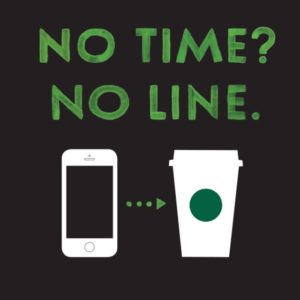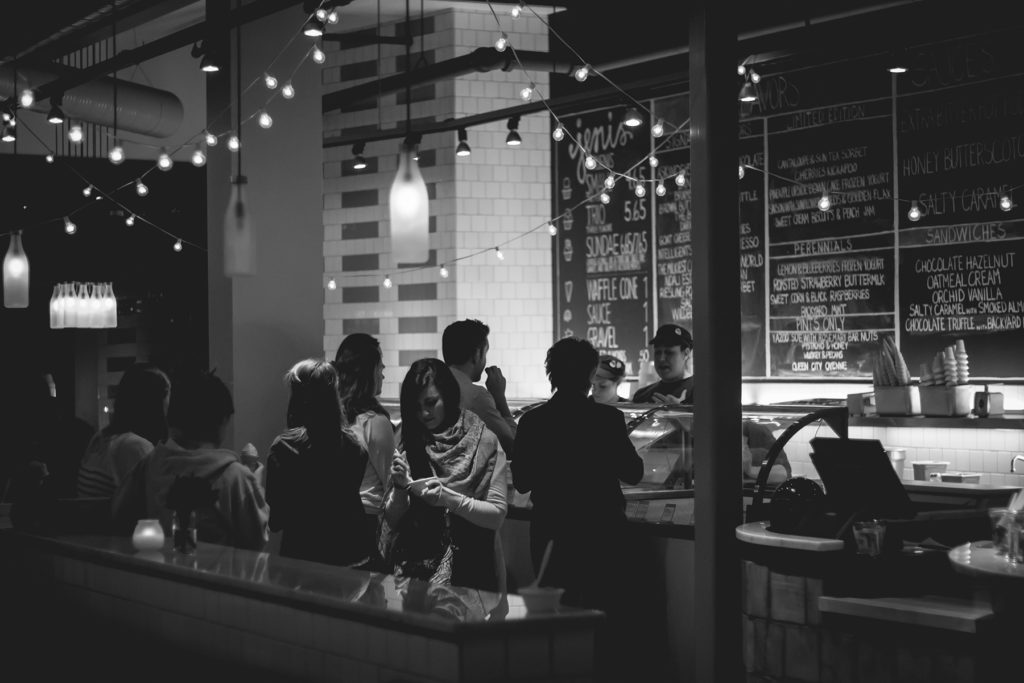5 lessons on improving conversion rates from the online world that work just as well with diners
Losing customers because your restaurant or cafe is too busy? Business looks good, but are you missing out on your peak hour potential? We take a look at how to cut your “load time” and other optimisation lessons from the online world that will ensure you’ll never lose another opportunity to capture a paying customer.
If your restaurant has a website, the chances are you’ve spent a chunk of time and money on how to optimise your customers’ experience by making their browsing and buying experience as fast, efficient and intuitive as possible. So when it comes to your physical store, what online lessons can you use to boost bandwidth?
1. Cut load time. When we’re online, we’re only willing to wait 10 seconds for a webpage to load. A second longer and you’ve lost your audience. Speed is key for web businesses as they continually strive to put the right information at their customers’ fingertips quickly by making sure their web pages load lightning fast.
Your stores are no different. Customer frustration builds rapidly when they’re made to wait for, well, anything. Whether it’s a queue to be seated, waiting to be served, a line for the loo, paying the bill – no one likes to be kept on hold. It makes them feel like their time isn’t valuable.
There are plenty of ways to cut your stores’ load time, from making sure you have the right number of staff on during peaks times and briefing them on efficient service practices to laying out your stores in the most streamline configurations, providing tablet or mobile order and pay services and reducing table idle time with apps like Table iQ.
 2. Reduce your bounce rate. When you’ve finally grabbed readers’ attention on your website, you want them to stay there and hopefully read more, download something or get in touch with you. The same applies in the real world. There’s nothing more frustrating than being desperate for your morning caffeine fix, spotting your local cafe sign, like a beacon of hope, in the reachable distance only to turn up to find half the city’s had the same idea. The chances are most of us would walk on by to find somewhere with no queue, faster service or just brave the office brew.
2. Reduce your bounce rate. When you’ve finally grabbed readers’ attention on your website, you want them to stay there and hopefully read more, download something or get in touch with you. The same applies in the real world. There’s nothing more frustrating than being desperate for your morning caffeine fix, spotting your local cafe sign, like a beacon of hope, in the reachable distance only to turn up to find half the city’s had the same idea. The chances are most of us would walk on by to find somewhere with no queue, faster service or just brave the office brew.
Restaurants, hotels, cinemas, stadiums and other food and drink providers can put an end queue related bounce incidents with mobile order and pay allowing customers to enjoy the benefits of a speedy online ordering experience with the convenience of dine-in, express pickup or delivery.
Starbucks deployed a much-publicised mobile click and collect service to put an end to queueing misery. Nine months after the launch, they’ve hailed it a huge success and have even accelerated the roll out across the US and their Android launch.
3. Search Engine Optimisation (SEO). Are you doing everything you can to optimise your stores’ searchability? Website SEO is all about competing with millions of other sites to bring visitors to your pages. There’s lots of brilliant techniques to do this, including making sure the look and the feel of the site is top quality; checking visitors can easily navigate your pages and find the information they need; strategically placing keywords in the title and main text of the page; and carefully labelling all of your videos, photos and other content so it’s well sign posted during a search engine crawl.
All of this works just as well in the physical world too. Just like online SEO, you need to make sure your stores stand out and people know where you are, who you are and what you offer. Successful offline SEO can include:
-
- Advertising
- PR
- Clear signage and good lighting
- Welcoming shopfronts that stand out from your neighbours’
- Well presented, easy to read menu on the outside of your store
- Sit-up-and-take-notice marketing and promotional campaigns
4. Usability. A great web experience means clearing the clutter, easy access to the right information at the right time and intuitive navigation. Make your in-store customer journey as frictionless as possible by cleaning up that user experience and giving your diners everything they need when they need it.
For example, make sure guests don’t end up ordering in a fluster at the top of the queue because that’s the only time they get a chance to see what the options are. Make it clear whether they need to order and pay at the counter or if there’s table service. Check your restaurant is easy to navigate with clear signage if there are separate areas for drink, hot food, dessert or customised orders. Clear the clutter from the restaurant floor making sure customers have enough space to move and eat without bumping elbows with their fellow diners.
And finally for usability – ditch the jargon. OpenTable found 8 out of 10 diners think menus are overly confusing and over half admitted to asking a waiter to explain an item they didn’t understand. Make sure you’re not turning off your guests by using complicated menus, unfamiliar food terms and names and keeping it clear and simple.
5. Repeat visitor rate. The online environment really lends itself to tracking visitors, capturing their data and preferences and automating follow-up communications to nudge them into interacting or buying in the future. But how do you achieve this in store without coming off creepy and over familiar?
No matter how simple or sophisticated your loyalty programme is, it seems just having one puts you at an advantage. 66% of customers prefer restaurants that offer a rewards scheme according to a study by the National Restaurant Association. But if you’re going to deploy a loyalty programme, you might as well make it a smart one.
Mobile, tablet and online ordering allows you to capture valuable customer data that can then be used to personalise future offers. Gone are the days of punching or stamping a card, now you can really tempt loyal customers with offers based on past buying behaviour, how much they’ve spent with you to date, whether they have children or not, their birthday, the usual time they buy from you, their age, and more. Without this digital ordering piece, you wouldn’t get such rich data but with it, you have the knowledge to power truly smart loyalty campaigns.
Just because your stores exist outside of the Matrix, doesn’t mean you can’t apply online hacks to drive business. With today’s expectation for instantaneous service, customer patience is a rare commodity so it’s well worth considering how to capitalise on the digital’ world’s speed, usability and powers of persuasion as it’ll only be a matter of time before even the shortest of delays will start trying your customers’ patience.





